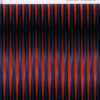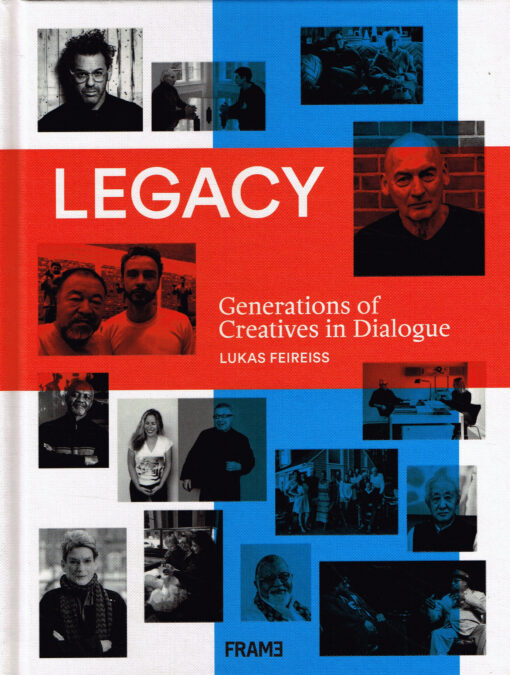Terug/Home/Webwinkel ramsj.nl /Kunst/Architectuur/Legacy
Lukas Feireiss
Legacy
Generations of Creatives in Dialogue
€ 39,00 Oorspronkelijke prijs was: € 39,00.€ 12,50Huidige prijs is: € 12,50.
‘Legacy’ embraces the generational dialogue between creatives from various fields of knowledge and experience. It celebrates the legacy of renowned architects, artists and designers that have influenced the creative discourse beyond disciplinary boundary and conventional context over the last fifty years and brings them in critical dialogue with a young generation of upcoming influencers in the respective fields. Edited by Lukas Feireiss, the heart of this publication lies at the cross-generational exchange of ideas. The creative conversations illustrated in this title demonstrate the inspirational vision of personalities such as Hans-Ulrich Obrist and Yona Friedman, Charlie Koolhaas and Rem Koolhaas and Buzz Aldrin making this a vital book for anyone interested in the architecture, art and design industry.
Gerelateerde producten
kunst
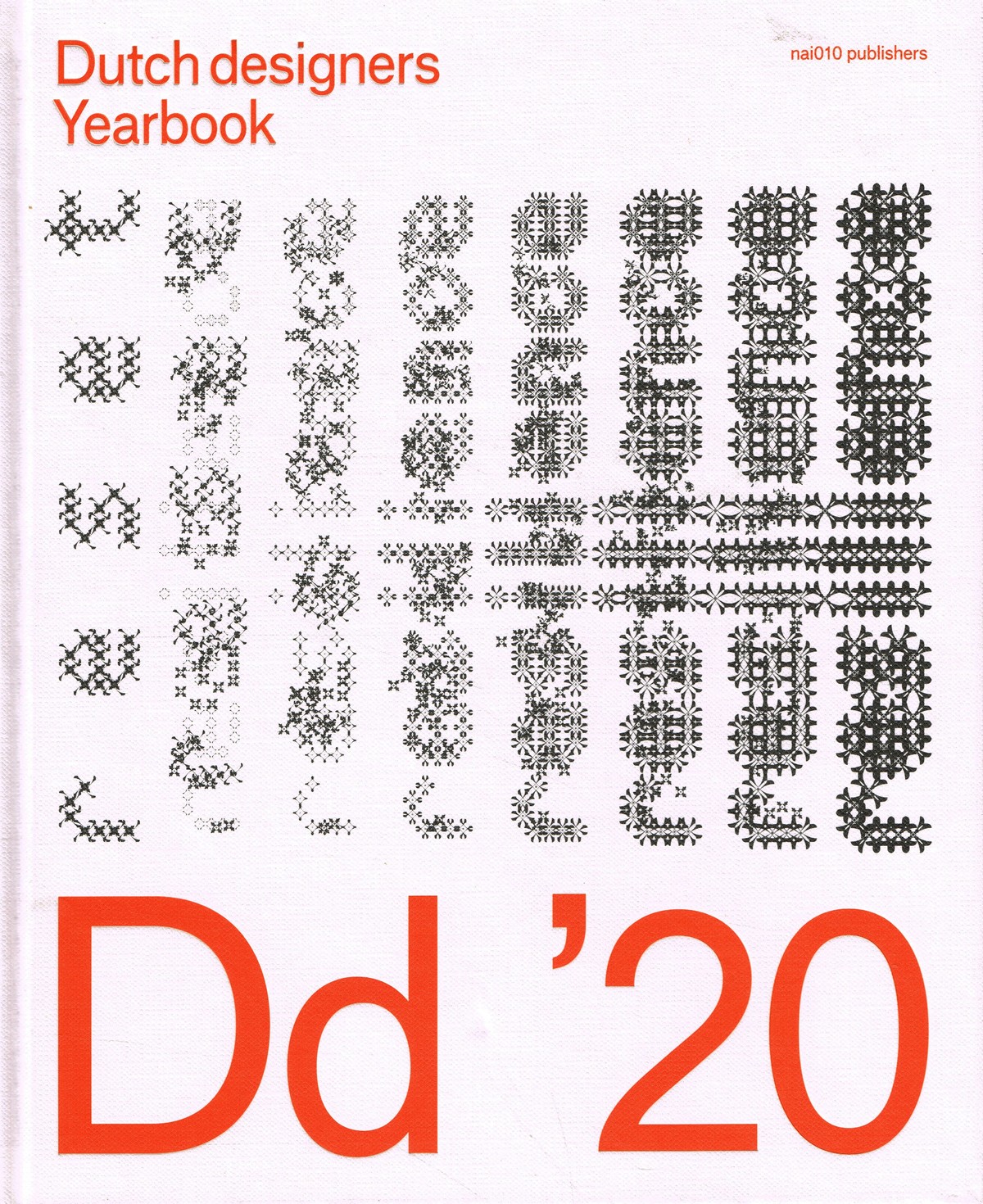
Freek Kroesbergen (red./ed.)
Dutch Designers Yearbook 2020
For English see below- Dutch designers staan wereldwijd bekend om hun originaliteit en gedurfde innovaties, en hun werk dringt door tot in de haarvaten van onze maatschappij. Design is overal en de wereld lijkt maakbaar. Daaraan dragen ontwerpers bij, met hun onorthodoxe methoden en creatieve kracht. Al treft de coronacrisis de creatieve sector ingrijpend, de grote maatschappelijke en economische uitdagingen waar de wereld voor staat bieden ook veel kansen. Over hoeveel veerkracht beschikt de ontwerpsector, en hoe draagt ze bij aan de noodzakelijke transities? 'Dutch designers Yearbook' beschrijft het designjaar 2020 en kijkt vooruit. Het boek geeft een openhartige inkijk in wat designers nu denken en maken: via essays en interviews, opvallend eindexamenwerk van Nederlandse ontwerpopleidingen, prijswinnend werk en portretten van beeldbepalende designhelden als Simon Dogger, Christien Meindertsma, Taco Carlier, Harald Dunnink en Bas Timmer. -Dutch designers are known worldwide for their originality and daring innovations, and their work penetrates the very fabric of our society. Design is everywhere and the world seems makeable. Designers contribute to this with their unorthodox methods and creative power. Although the corona crisis is having a major impact on the creative sector, the major social and economic challenges facing the world also offer many opportunities. How much resilience does the design sector have, and how does it contribute to the necessary transitions? 'Dutch designers Yearbook' describes the design year 2020 and looks ahead. The book provides a candid insight into what designers are thinking and creating now: through essays and interviews, striking final exam work from Dutch design schools, prize-winning work and portraits of iconic design heroes such as Simon Dogger, Christien Meindertsma, Taco Carlier, Harald Dunnink and Bas Timmer. nai010geb - 192 blz
kunst
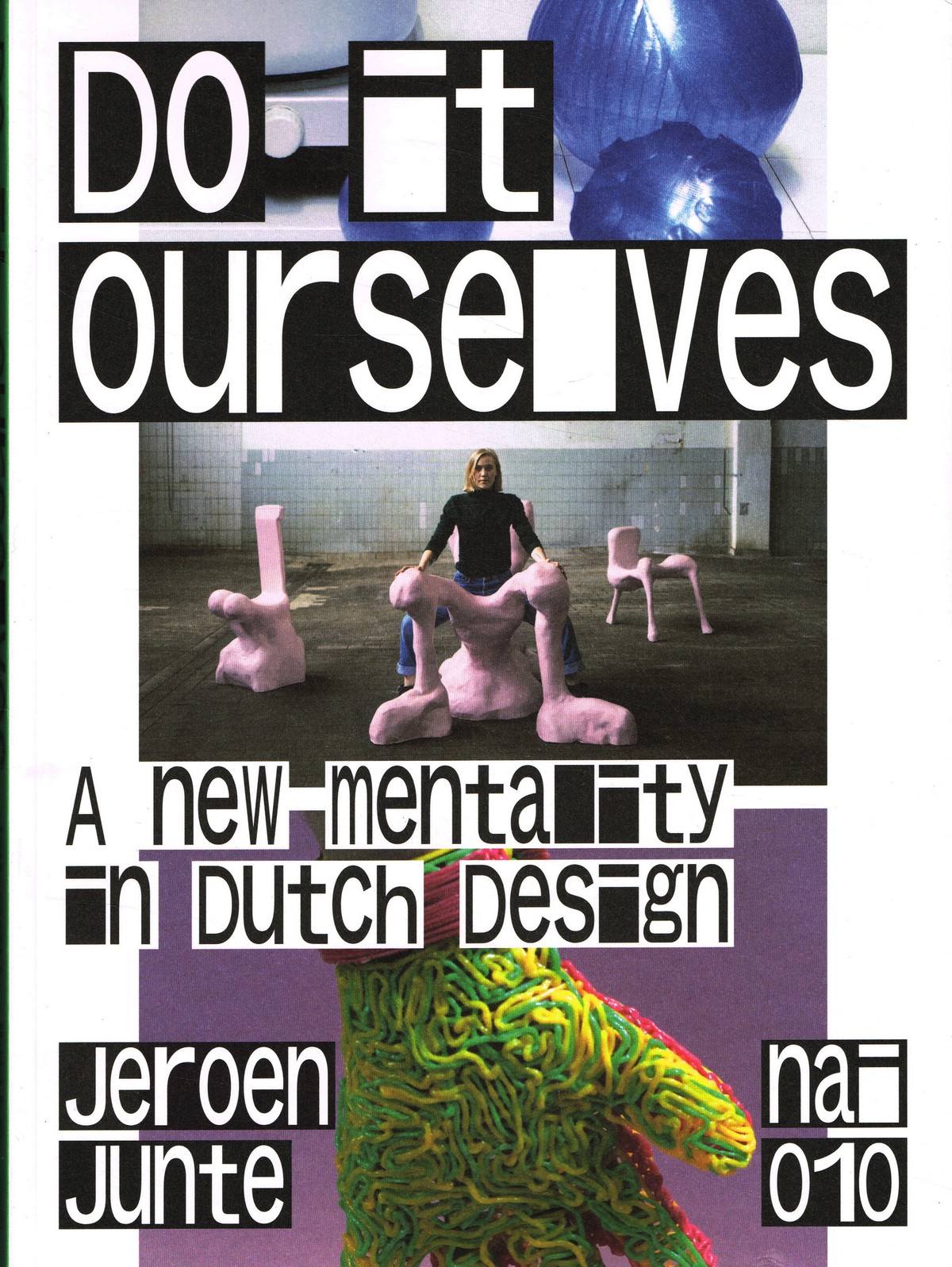
Jeroen Junte
Do It Ourselves
For English see below Nederlandse ontwerpers hebben de afgelopen jaren een scherpe koerswijziging doorgemaakt. De nieuwe lichting ontwerpers kiest nieuwe waarden en uitgangspunten en streeft door onderzoek en samenwerking naar maatschappelijke relevantie en impact. Deze 'post-crisisgeneratie' is bevlogen, optimistisch, maar ook pragmatisch met oog voor schoonheid. Humor en het concept als bijna obligate instrumenten zijn verruild voor engagement en vrij onderzoek. Ironie en beschouwende kritiek hebben plaatsgemaakt voor onbevangenheid en dadendrang. Ambacht en lokale productie worden onderzocht als een realistisch alternatief voor vastgelopen systemen. Naast kunst en design worden ook wetenschap, technologie, sociale studies en politiek gezien als speelvelden voor ontwerpers. Kortom, de nieuwste generatie ontwerpers zoekt naar een inhoudelijke verdieping van het vak en streeft naar een positieve bijdrage aan maatschappelijke vraagstukken. Designjournalist en?criticus Jeroen Junte beschrijft voor het eerst deze nieuwe fase in de ontwikkeling van het alom geprezen Dutch Design en voert de lezer langs 199 verrassende, innovatieve en verbazingwekkende projecten en producten. - English - In recent years, Dutch Design has sharply diverged from its previous course. A generation of designers trained in and shaped by the crisis years chose new values and starting points. The focus is now on inquisitive and collaborative makers who strive for social relevance and, if possible, impact. This 'post-crisis generation' is committed and optimistic, but also pragmatic and in possession of an eye for beauty. Humour and the almost inescapable concept have been exchanged for engagement and free research and irony and contemplative criticism for open-mindedness and the will to act. Craftsmanship and local production are examined as realistic alternatives to deadlocked systems of production and distribution. In addition to art and design, science, technology, social studies and politics are also seen as design arenas. In short, the latest generation of designers is looking to substantiate the content of the profession and make positive contributions to social issues. Well-known design writer Jeroen Junte is the first to describe this new stage in the development of the widely acclaimed Dutch Design, by way of 199 surprising, innovative, astonishing projects and products. Engelstalig boek nai010pap - 275 blz
kunst
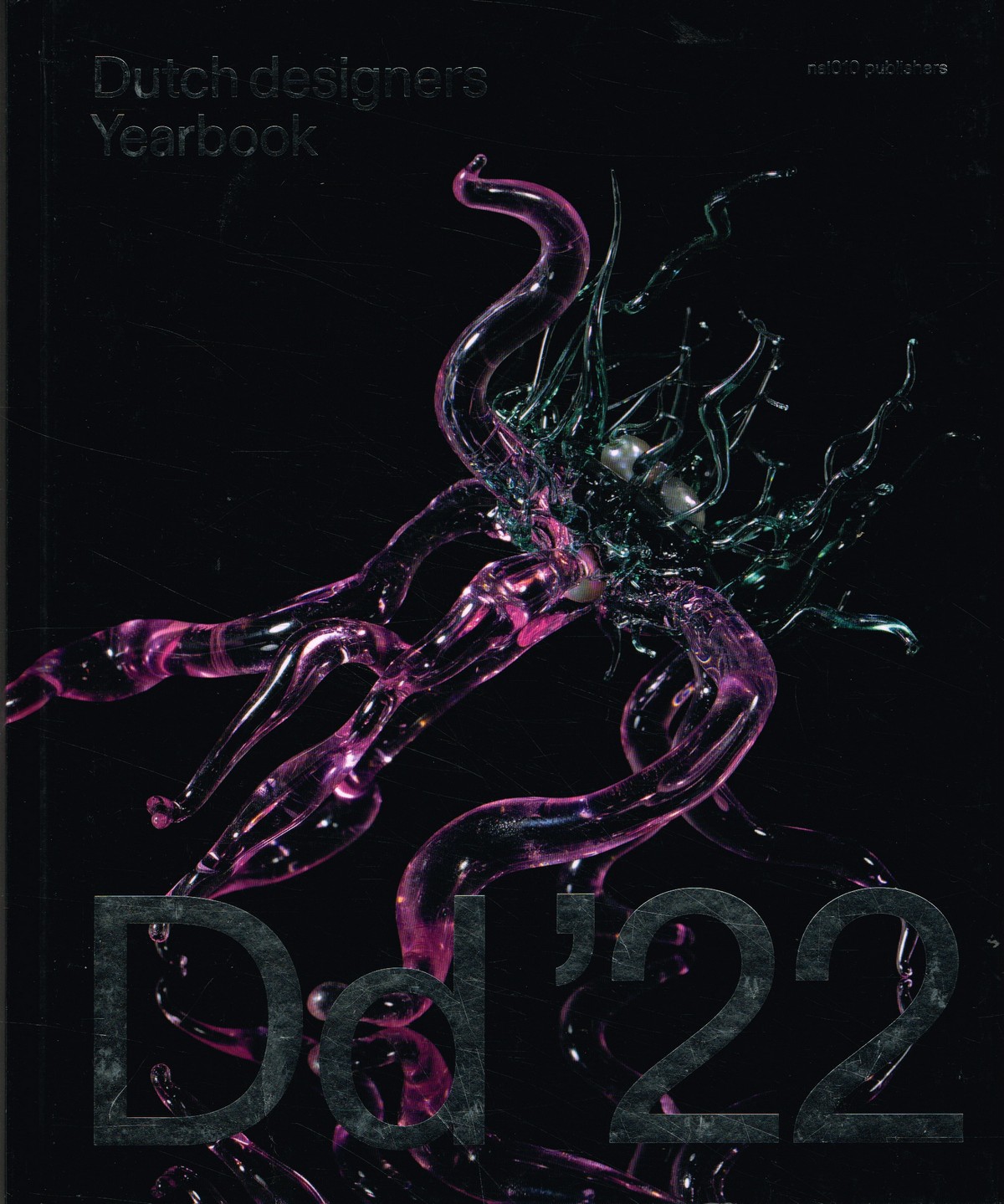
Freek Kroesbergen (red./ed.)
Dutch Designers Yearbook 2022
For English see below- Dutch designers staan wereldwijd bekend om hun originaliteit en gedurfde innovaties, en hun werk dringt door tot in de haarvaten van onze maatschappij. Design is overal en de wereld lijkt maakbaar. Daaraan dragen ontwerpers bij, met hun onorthodoxe methoden en creatieve kracht. Al treft de coronacrisis de creatieve sector ingrijpend, de grote maatschappelijke en economische uitdagingen waar de wereld voor staat bieden ook veel kansen. Over hoeveel veerkracht beschikt de ontwerpsector, en hoe draagt ze bij aan de noodzakelijke transities? 'Dutch designers Yearbook' beschrijft het designjaar 2022 en kijkt vooruit. Het boek geeft een openhartige inkijk in wat designers nu denken en maken: via essays en interviews, opvallend eindexamenwerk van Nederlandse ontwerpopleidingen. -Dutch designers are known worldwide for their originality and daring innovations, and their work penetrates the very fabric of our society. Design is everywhere and the world seems makeable. Designers contribute to this with their unorthodox methods and creative power. Although the corona crisis is having a major impact on the creative sector, the major social and economic challenges facing the world also offer many opportunities. How much resilience does the design sector have, and how does it contribute to the necessary transitions? 'Dutch designers Yearbook' describes the design year 2022 and looks ahead. The book provides a candid insight into what designers are thinking and creating now: through essays and interviews, striking final exam work from Dutch design schools. nai010geb - 192 blz
kunst
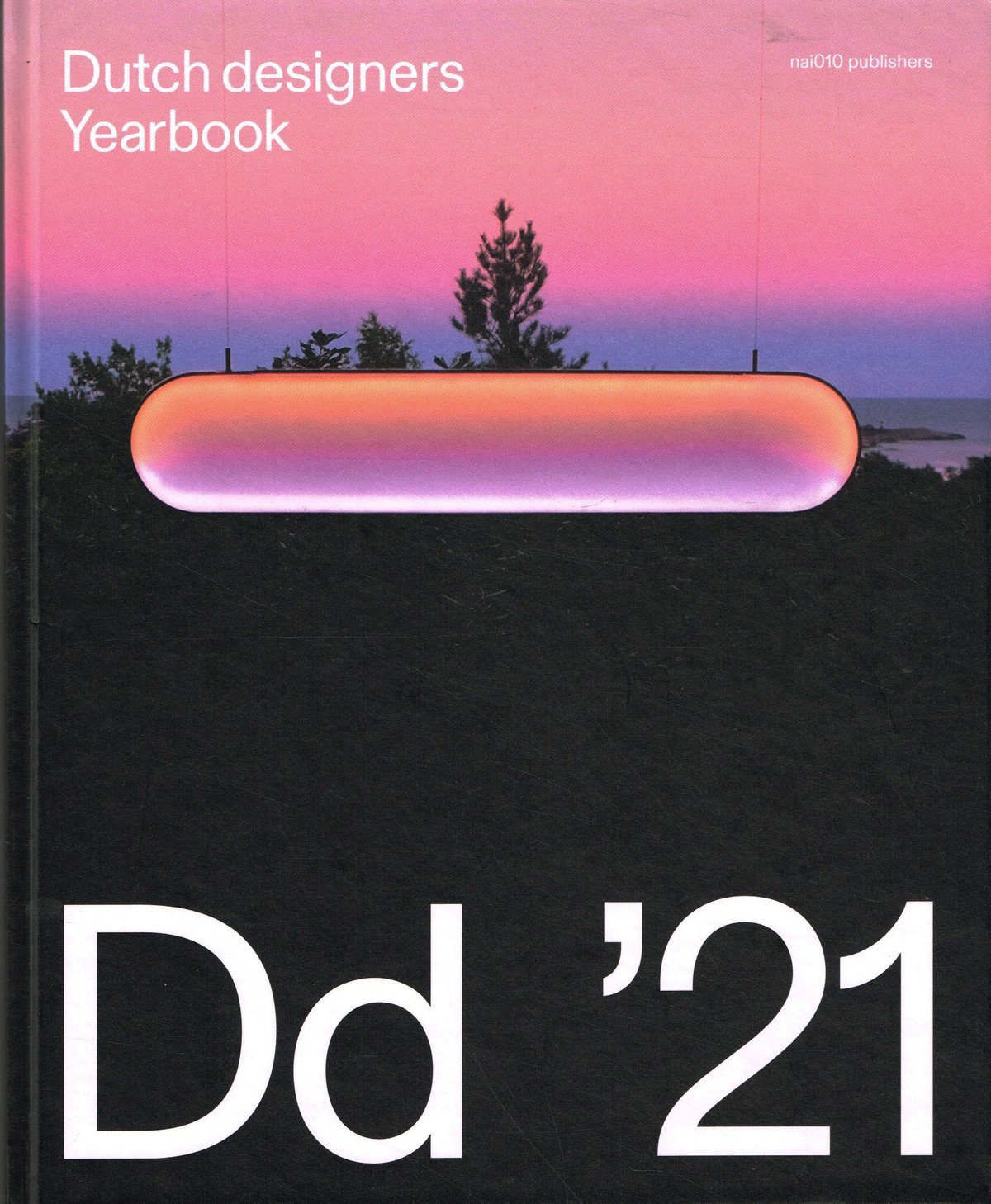
Freek Kroesbergen (red./ed.)
Dutch Designers Yearbook 2021
For English see below- Dutch designers staan wereldwijd bekend om hun originaliteit en gedurfde innovaties, en hun werk dringt door tot in de haarvaten van onze maatschappij. Design is overal en de wereld lijkt maakbaar. Daaraan dragen ontwerpers bij, met hun onorthodoxe methoden en creatieve kracht. Al treft de coronacrisis de creatieve sector ingrijpend, de grote maatschappelijke en economische uitdagingen waar de wereld voor staat bieden ook veel kansen. Over hoeveel veerkracht beschikt de ontwerpsector, en hoe draagt ze bij aan de noodzakelijke transities? 'Dutch designers Yearbook' beschrijft het designjaar 2021 en kijkt vooruit. Het boek geeft een openhartige inkijk in wat designers nu denken en maken: via essays en interviews, opvallend eindexamenwerk van Nederlandse ontwerpopleidingen. -Dutch designers are known worldwide for their originality and daring innovations, and their work penetrates the very fabric of our society. Design is everywhere and the world seems makeable. Designers contribute to this with their unorthodox methods and creative power. Although the corona crisis is having a major impact on the creative sector, the major social and economic challenges facing the world also offer many opportunities. How much resilience does the design sector have, and how does it contribute to the necessary transitions? 'Dutch designers Yearbook' describes the design year 2021 and looks ahead. The book provides a candid insight into what designers are thinking and creating now: through essays and interviews, striking final exam work from Dutch design schools. nai010geb - 192 blz

